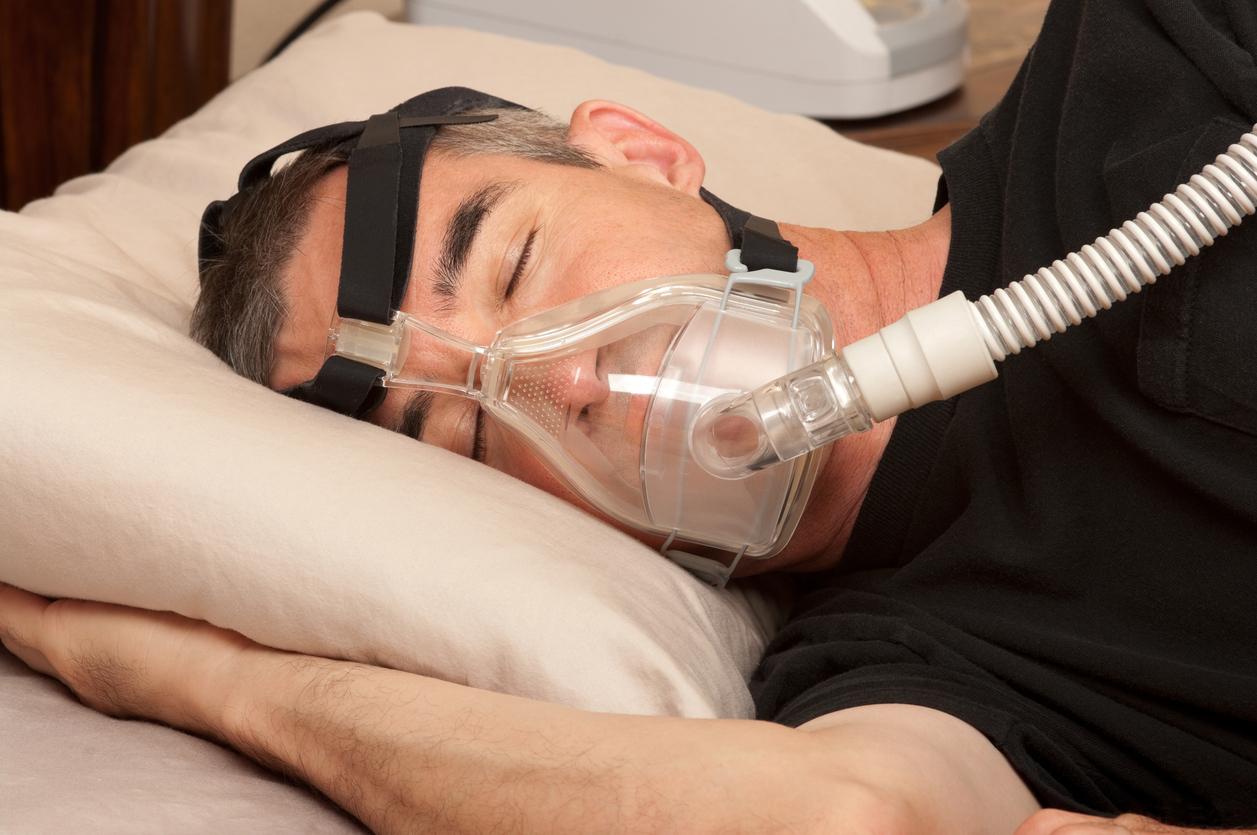Thanks to a small case equipped with a mask and a bottle of compressed carbon dioxide, it is possible to use hyperventilation. This technique removes alcohol from the body three times faster than the liver.
-1605263829.jpg)
- Hyperventilation removes alcohol from the blood three times faster than the liver.
- Hyperventilation to remove alcohol only works if there is a large supply of carbon dioxide, otherwise there is a risk of fainting
The key to sobering up faster? In a study published on November 13, 2020 in the journal Scientific Reportsresearchers from the University Health Network (Canada) have shown that hyperventilation is a good technique for rapidly eliminating excess alcohol in the body.
Evacuate excess alcohol through the lungs
According to the World Health Organization (WHO), three million people die each year from excessive alcohol consumption. What affects the human body with alcoholic beverages is the ethanol they contain. This molecule, when present in too large a quantity in our organism, affects all parts of the human body. The brain is also the organ most affected by alcohol intoxication, and if excess alcohol is not eliminated quickly, it can lead to death.
Normally, 90% of the alcohol present in our body is exclusively eliminated by the liver. Since the flow of this organ cannot be accelerated in the event of massive alcoholism, the only chances we currently have of eliminating this excess lie in the supply of additional oxygen, the injection of liquid intravenously, dialysis and medication to prevent any heart complications.
The research team therefore looked at a solution that would act as quickly as possible, by using the lungs to exhale the alcohol. However, hyperventilation is to be used with caution, because even if they realized that breathing eliminated alcohol three times faster than the liver, the technique is not without danger.
“You can’t just hyperventilate because in a minute or two you’ll be dizzy and unconscious”says Joseph Fisher, an anesthetist at the Toronto General Hospital Research Institute and lead author of the study.
Inject carbon dioxide to prevent fainting
When we hyperventilate, that is, when we breathe deeper and faster than normal, the body removes carbon dioxide and alcohol from the blood. It is the decrease in carbon dioxide that causes the dizziness, tingling in the hands and feet, and fainting that we experience.
To avoid these inconveniences while applying the method of hyperventilation to evacuate alcohol, researchers have developed a device capable of returning precisely the amount of carbon dioxide to the body necessary to maintain it at a normal level in the body. blood. This case, the size of a small briefcase, uses a valve system and a mask connected to a reservoir of compressed carbon dioxide.
“It’s a very basic, low-tech device that could be made anywhere in the world: no electronics, no computer, no filtersays Joseph Fisher. It’s almost inexplicable that we didn’t try this decades ago..”
The device was tested on five men who had to drink heavily with 40° vodka. Without the method used by the researchers, the blood alcohol levels of the subjects reached a plateau after 50 minutes before starting a descent. Using the hyperventilation method, the drop in blood alcohol content improved by 20%.
However, if the results obtained in the laboratory show that hyperventilation is effective in eliminating alcohol, further validation steps are necessary before applying this method in a clinical setting.
.

















